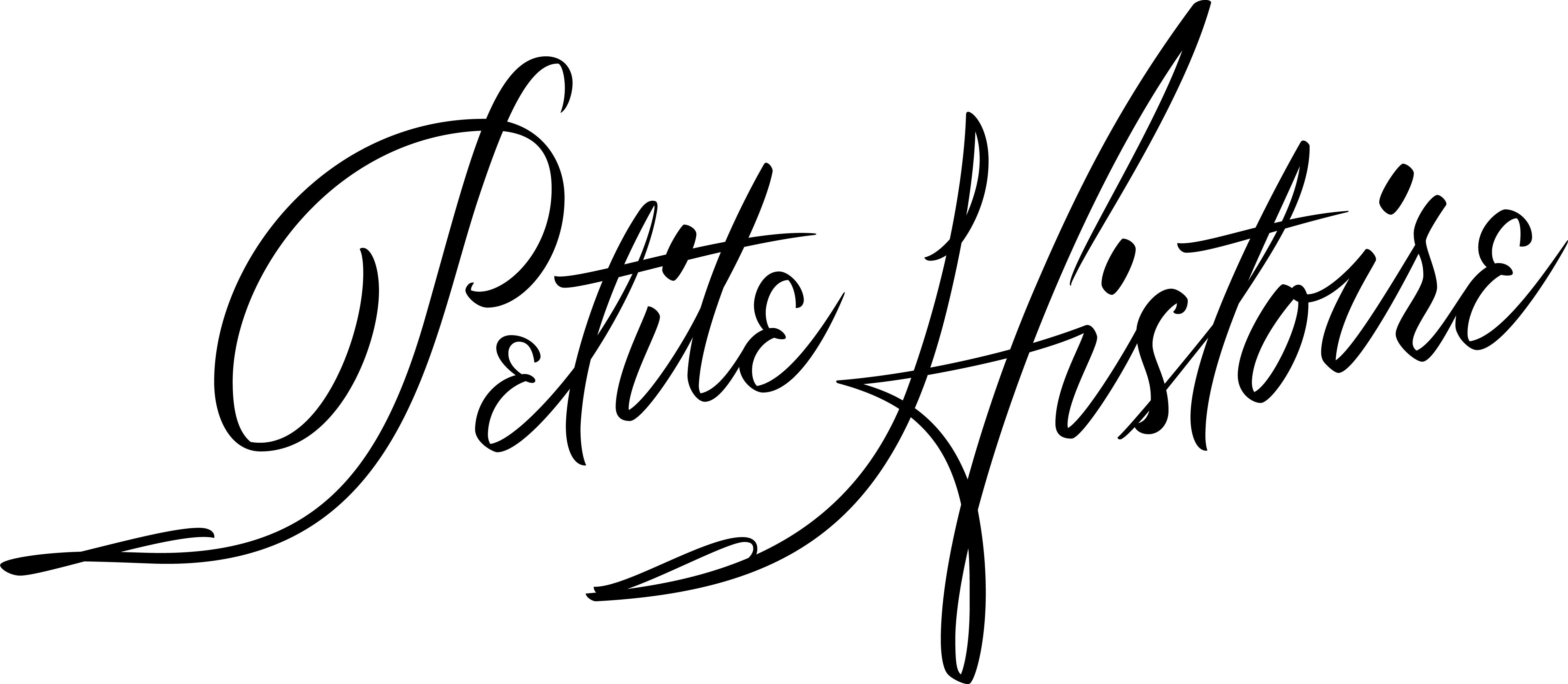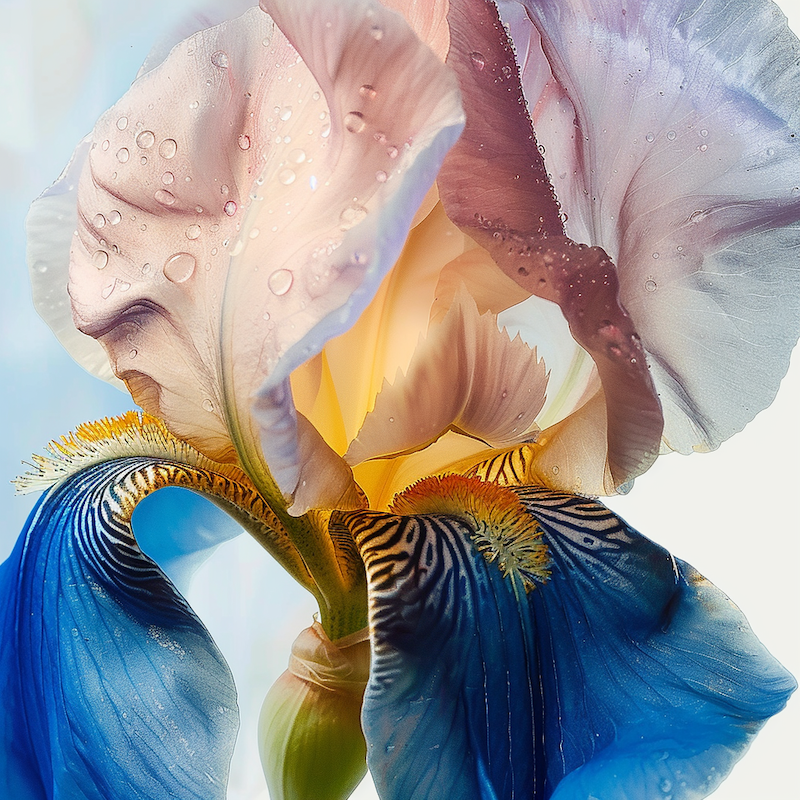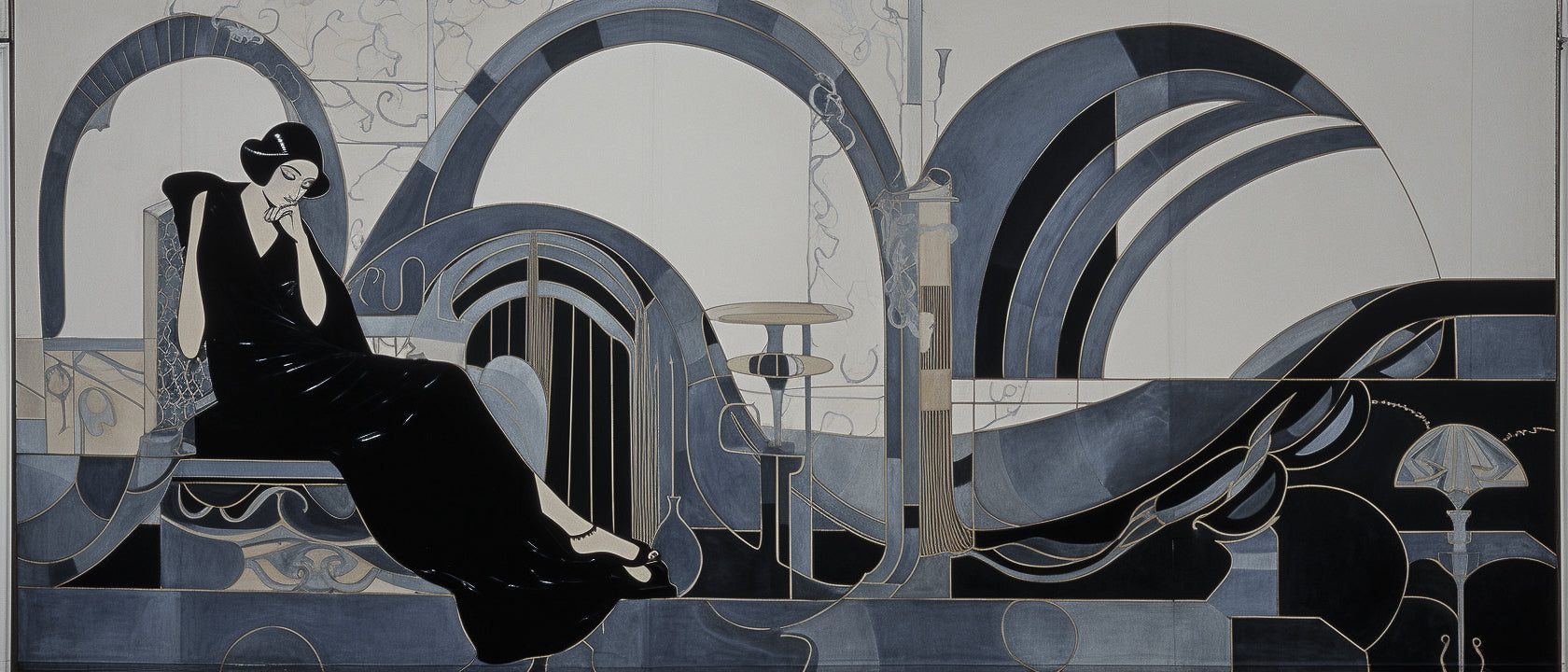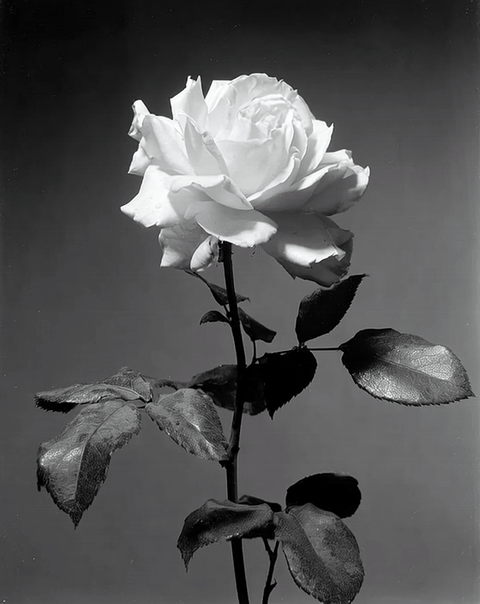
The Archives
Welcome to our living library of scent. Here, we study the origins of perfume ingredients, the culture that surrounds them, and the way fragrance moves through history and skin alike. Each essay traces the life of a material—from soil and harvest to bottle and memory—revealing how chemistry becomes emotion. Expect thoughtful writing on botanical sourcing, perfume rituals, and the artistry of natural composition. Whether you’re a collector, a maker, or simply scent-curious, this is where perfume becomes knowledge, and knowledge becomes seduction.
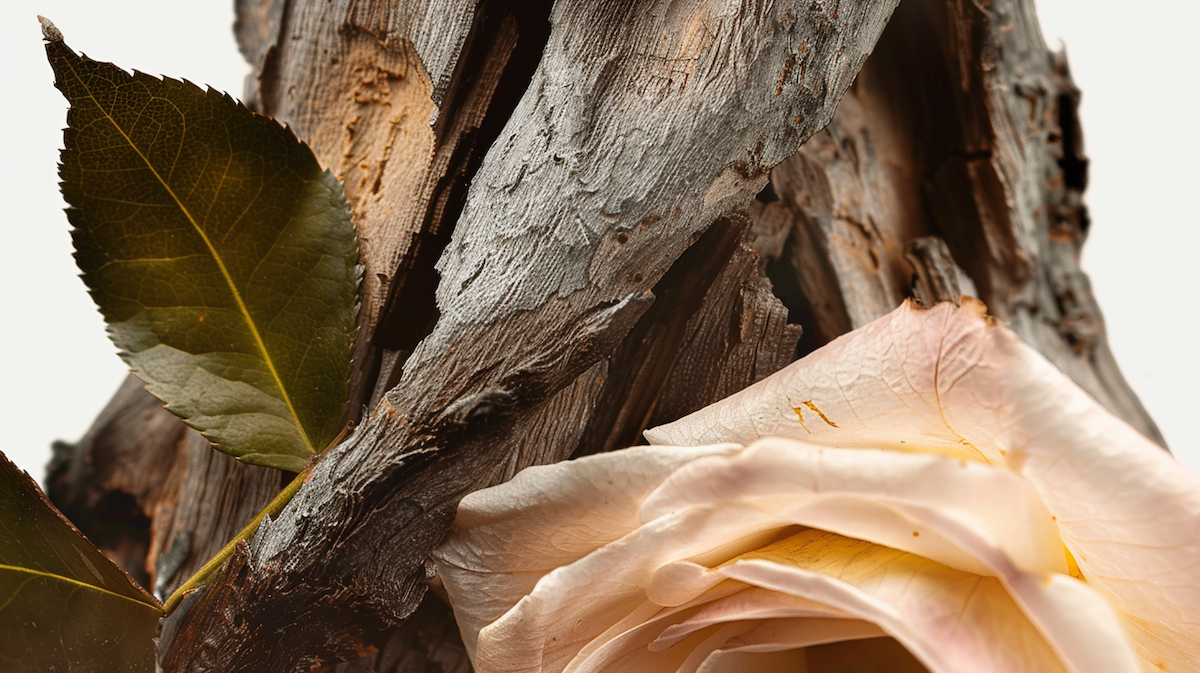
Explore ancient perfumes through olfactory cartography. Journey through historical city scents, discover how today's best perfumes for women connect to ancient traditions.
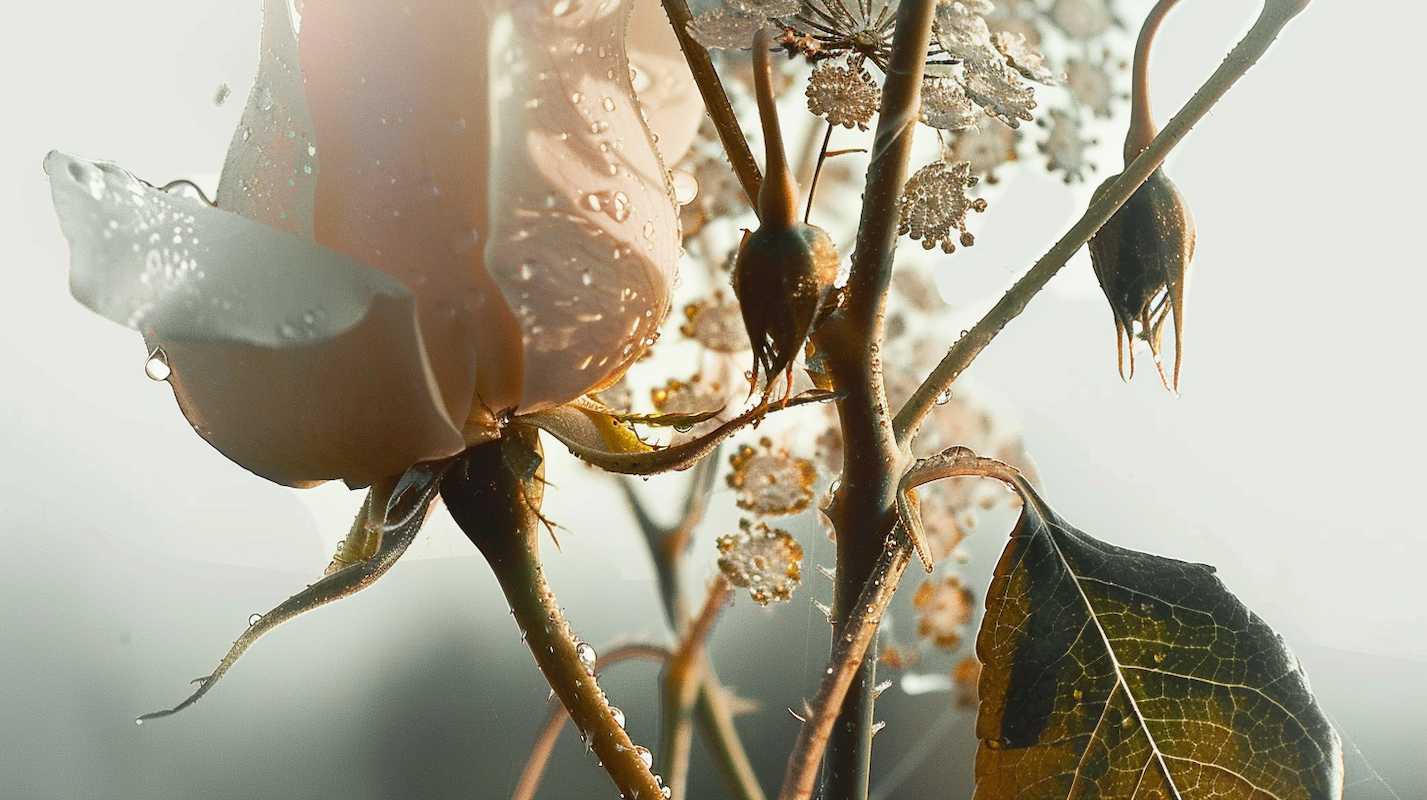
Explore how diverse cultures use seasonal perfume rituals to mark time's passage. This evocative journey through winter solstice ceremonies, spring renewal traditions, and harvest rituals reveals h...
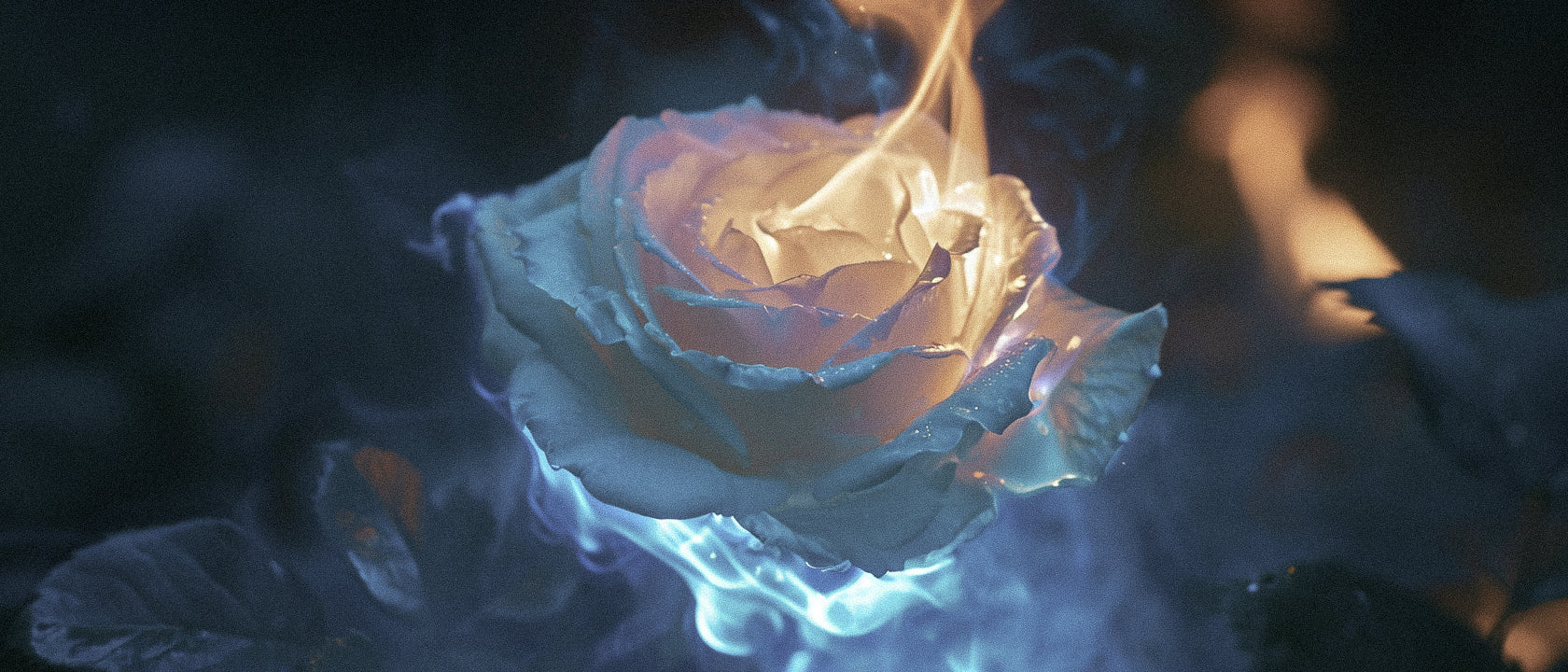
Discover how perfume transcends beauty to become political resistance throughout history, from French Revolution rebellions to modern sustainability movements in fragrance.

Delve into the architectural theory of perfume, where fragrance becomes spatial art. Learn how master perfumers build scent structures and why bottle design shapes our sensory experience.

Explore how synesthetic perfumers translate scents into colors, sounds, and textures. Discover the neural science behind cross-sensory perfume creation and how it's revolutionizing fragrance design.
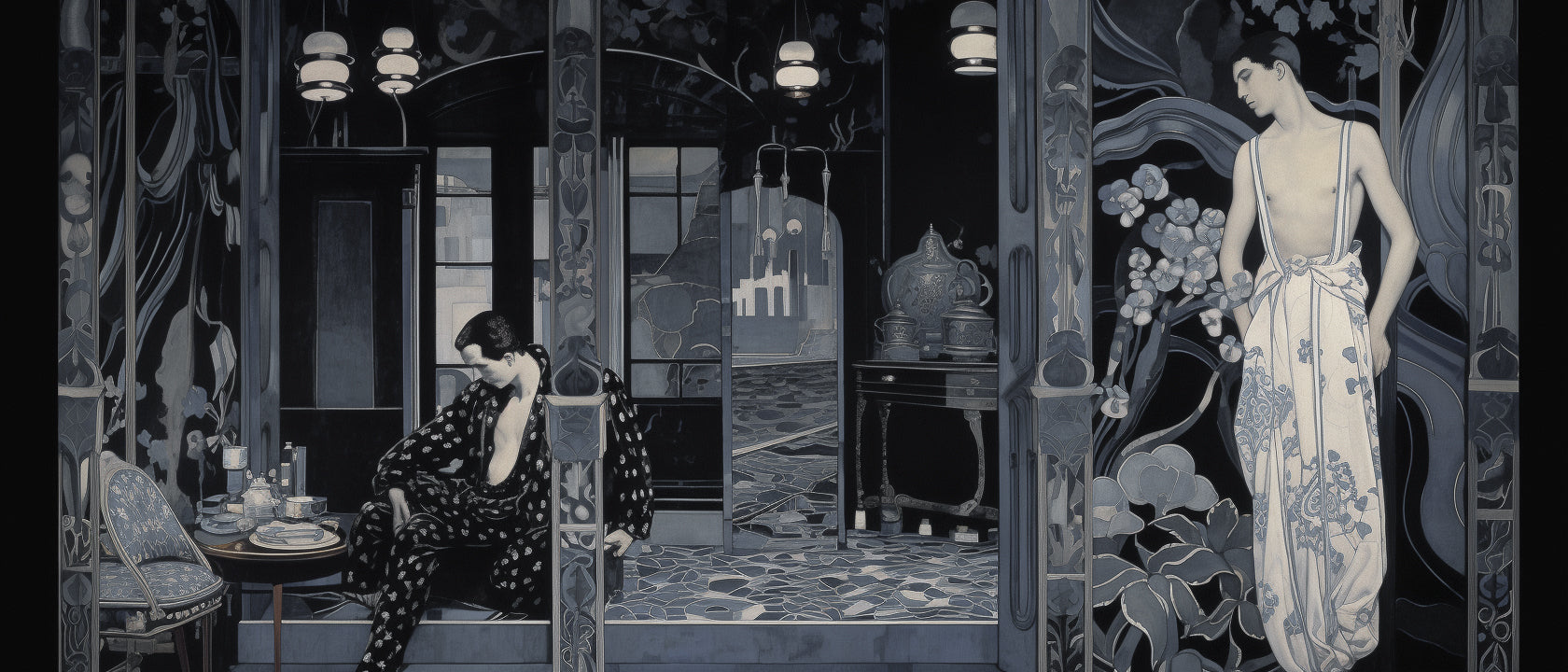
Discover how authors like Fitzgerald use scent as a literary device. Explore the aromatic art of narrative, food-scent pairings, and fragrances inspired by classic literature.

Explore how fragrance functions as a powerful class signifier across history, from aristocratic excess to modern minimalism. Discover the social codes behind what we choose to smell like.

Discover how vintage perfumes accidentally preserve environmental history through their molecular composition. Scientists uncover "extinct scents" and atmospheric traces of bygone eras.

Explore how "difficult" scents reveal cultural biases and power dynamics. From cumin to animalics, controversial fragrances challenge social boundaries and reflect racial politics.
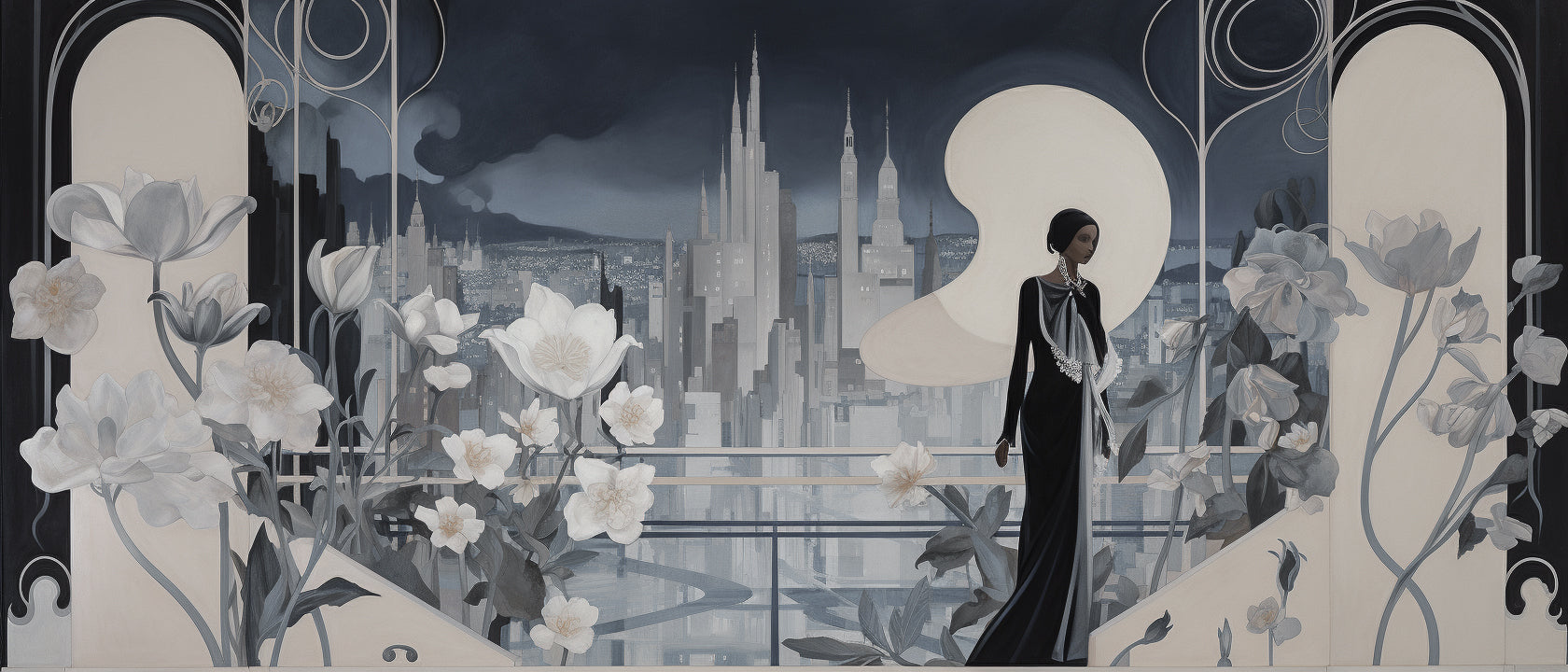
Explore the profound influence of New York's style on the creation and diversity of natural fragrances. Translating the city's vibrancy, green spaces, nightlife into scents that echo of the Big App...
Explore the untold history of perfumer-writers: from Colette's professional nose to modern literary scents. How dual mastery of molecules and metaphors transforms both arts.
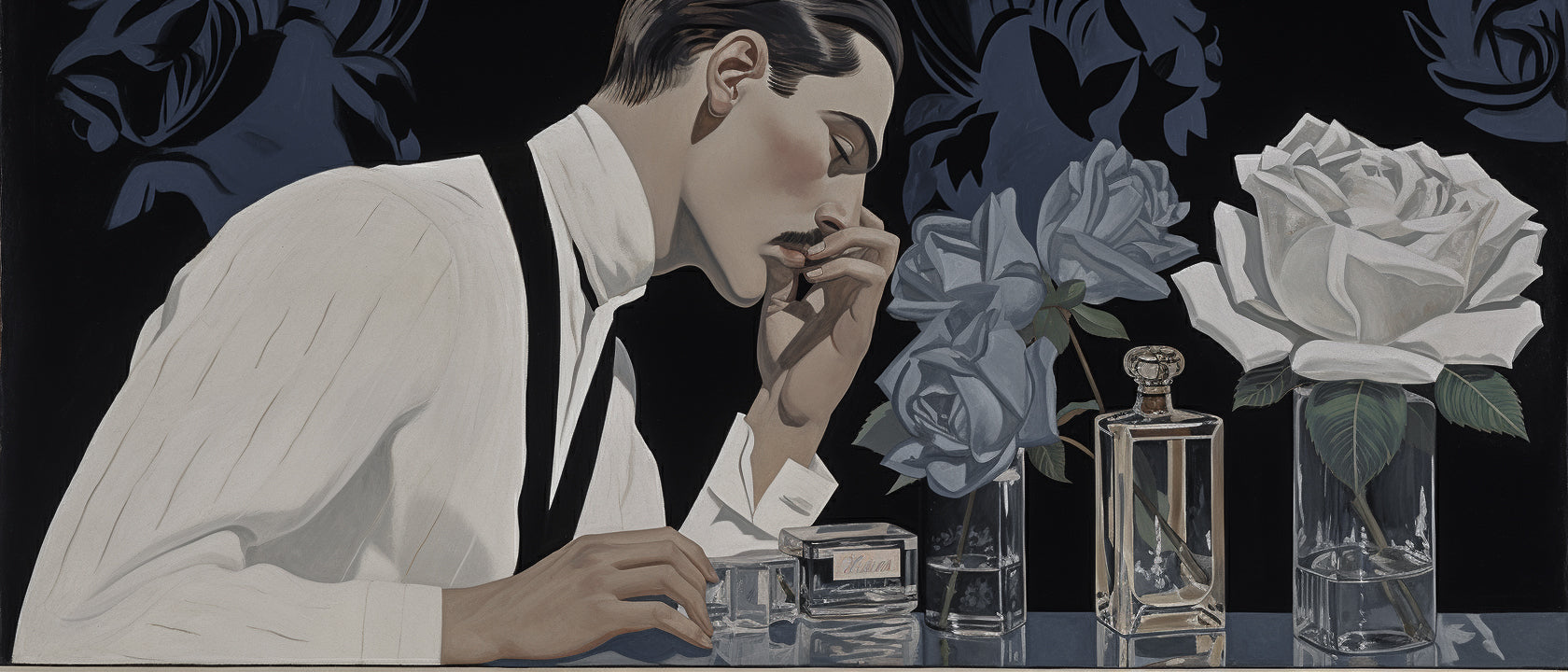
Explore how childhood scents shape cultural identity and connect generations. This noir-inspired analysis reveals how our olfactory memory creates invisible bonds to heritage.

Explore how climate change transforms perfumery as botanical ingredients vanish. This noir-inspired analysis examines the ethical dilemmas of preserving scent in an era of loss.

Discover how perfume with patchouli transformed from an exotic essence to New York’s defining fragrance. Explore the rich history behind this luxurious scent that continues to influence urban style...

Journey through time with perfumed fabrics—from ancient rituals to modern luxury. Explore how scented textiles create multi-sensory experiences across cultures and centuries.

Explore how scented gardens expressed power across Mughal India, French châteaux, and Gilded Age America in this journey through fragrant cultural landscapes.
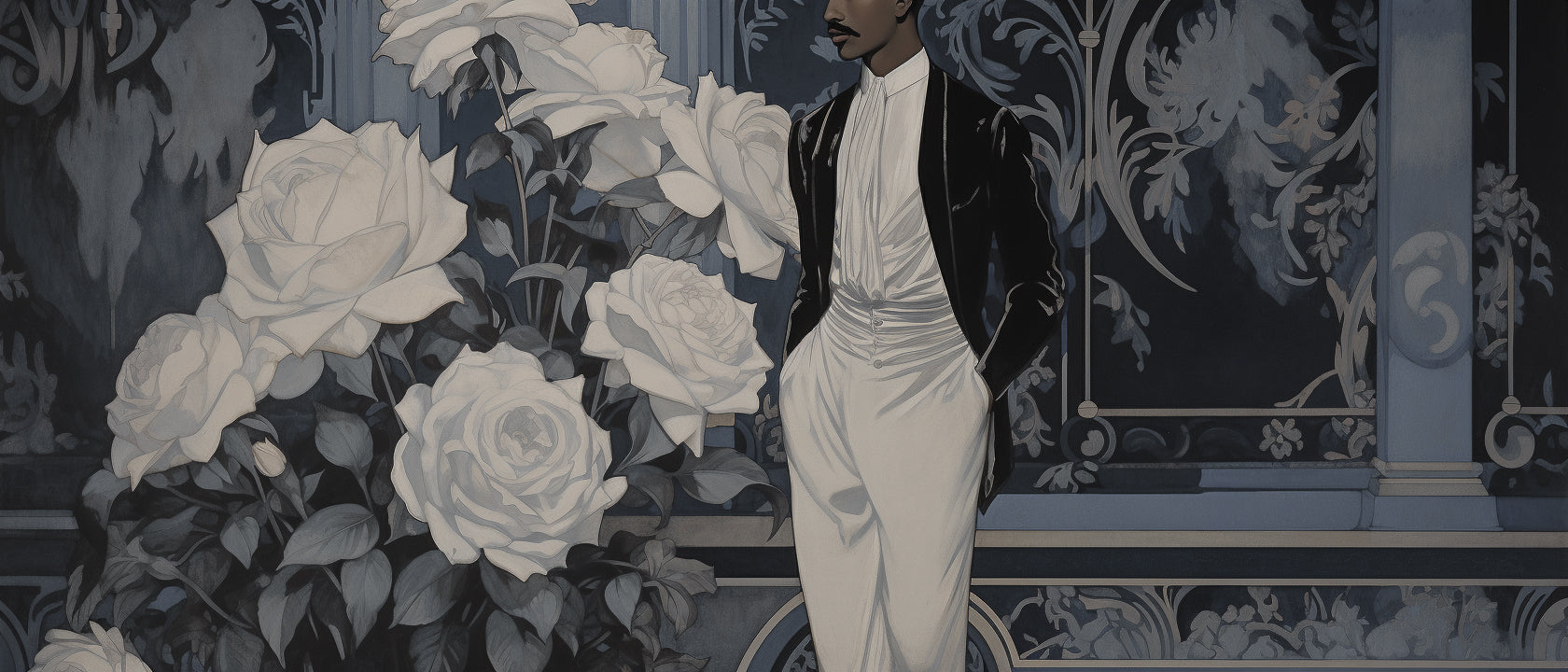
Discover how sustainable perfumes are defining Manhattan’s signature style. Explore the science, fashion integration, and personal expression behind eco-friendly fragrances in NYC’s luxury scene.
Frequently asked questions
Perfume begins long before the bottle—it starts in the field, the distillery, the soil itself. The questions we receive most often reveal a shared curiosity: how raw materials become fragrance, why natural perfume behaves differently, and what defines a scent’s origin or authenticity.
This section gathers our most frequently asked questions about perfume ingredients, culture, and craft. Each answer draws from our own atelier practice, bridging chemistry and emotion, nature and design. Think of it less as instruction, more as initiation—a quiet education in the living language of scent.
A natural ingredient comes directly from a plant, resin, or mineral—extracted through distillation, expression, or solvent methods. Unlike synthetics, natural materials contain hundreds of micro-molecules that shift with climate and harvest, giving each batch its own signature. At Petite Histoire, we treat those variations as the soul of the scent, not a flaw.
Because natural perfume reacts to body chemistry, temperature, and even diet. Each wearer acts as part of the formula—heat releases certain molecules sooner, skin pH deepens others. It’s chemistry made personal: your scent is yours alone.
When cultivated responsibly, yes. We partner with growers who use regenerative practices and harvest in rhythm with the land. Our goal is transparency and traceability—from rose fields to sandalwood groves—ensuring beauty never comes at nature’s expense.
We begin with origin stories: where a material grows best, how it’s shaped by soil and weather, and what emotion it evokes. Sourcing is as much anthropology as chemistry. A single flower can smell of sunlight in one place and smoke in another; we choose the one that tells the truest story.
Perfume culture is the intersection of craft, history, and human ritual. It’s the way scent marks time, identity, and emotion—from temple resins to New York ateliers. Our writing explores how fragrance reflects who we are, and how the smallest molecule can carry centuries of memory.
Because understanding materials deepens the pleasure of wearing them. Knowing that orris root sleeps underground for three years before it’s fragrant, or that labdanum once clung to the coats of mountain goats, turns scent from decoration into dialogue.
